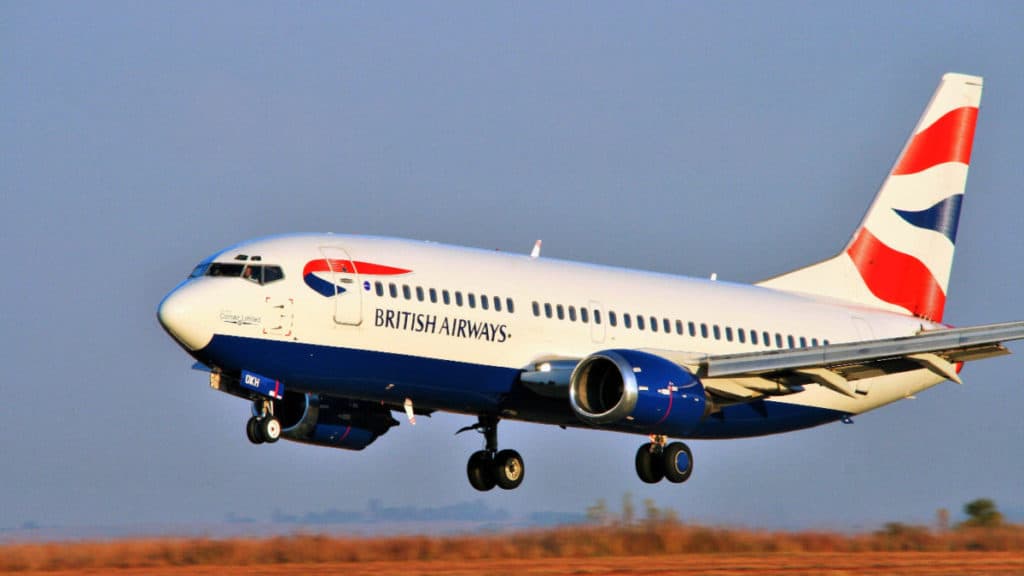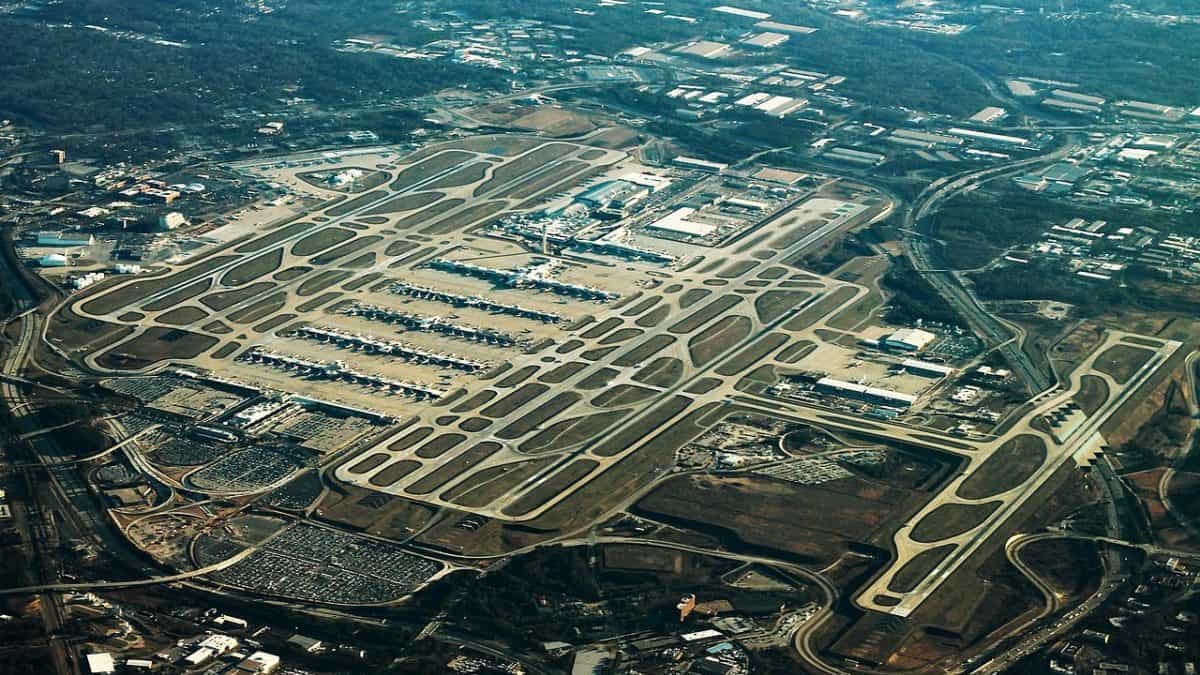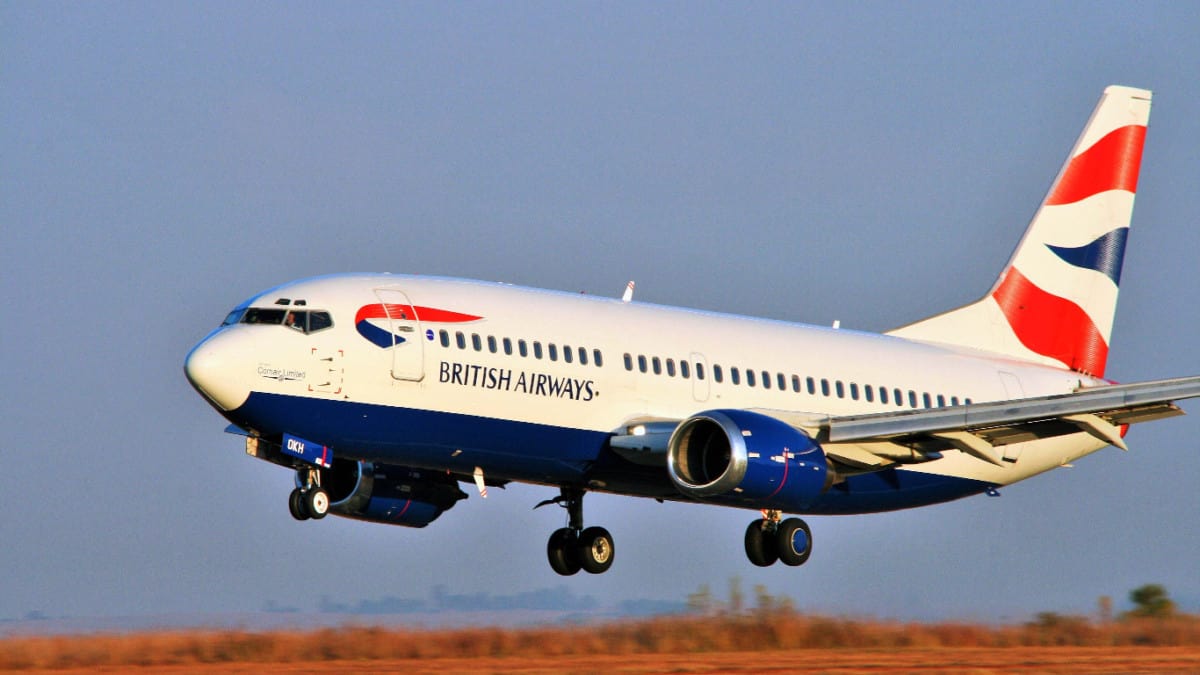
On a recent flight with customers onboard, we had to stop at a small municipal airport for fuel. When wandering over to the terminal to use the washroom one of them saw me signing into a book and asked what that was for. I told them the book was for tracking landing aircraft so they could be charged a landing fee and this article goes on to explain what the fees are all about.
Landing or Airport Improvement Fees are charged to landing aircraft. The amount of the fee is based on aircraft weight/size and the number of seats they have. The landing fees are to pay for services like baggage handling, terminal facilities, runway, taxiway, apron maintenance, and upkeep.
Some airports charge landing fees and some do not, so if you want to find out more about that fee you may see on your last flight ticket, please read on.
What is an Airport Landing Fee?
For airports to provide services to pilots and their passengers they have to make money to pay for the staff and/or facilities. One of the most common ways this money is obtained is by a landing fee. You may see this on your own flight receipt as an ‘Airport Improvement Fee‘, this is how the airline passes on the cost to each passenger.
Airports have to be maintained year-round to ensure they remain safe for landing aircraft. This includes runway, taxiway, and apron clearing and maintenance – snow is a big one here, infrastructure maintenance like repairing lighting and markings, ensuring the perimeter fences are kept intact to keep the airside secure and also prevent wildlife from straying onto the runway, pay staff salaries, and keep fuel & de-icing systems in working order.
Many small, rural airports do not have landing fees as the town or city covers the cost of operation and upkeep, but the larger, international airports are run as a business and need to profit from the aircraft using them.
Learn More…
Try These Articles:
* How Long Do Airplanes Last?
* How Long to Refuel an Airplane? – 15 Most Common Planes
What Does a Landing Fee Cover?
A big portion of the landing fee is set aside for runway resurfacing. At major airports, the frequent impact of heavy aircraft on the runway wears out the surface. About every 10 years the runways at major international airports need a complete resurface which can cost upwards of $10M per runway!

When you look at a busy airport like Hartsfield-Jackson Atlanta International Airport it has 5 operational runways. At $10M each every 10 years you can see why they need to charge landing fees!
In addition to the runway resurfacing, most large international airports will also break down their fees so that the aircraft using their airport can also be charged for any additional facilities and services they use.
For Example:
At Ted Stevens Anchorage Airport in Alaska pilots/airlines can find the following charged to them:-
- Landing Fee
- Fueling Fee
- Federal Inspection Fee
- Parking Fee
- Terminal Usage Fee
- De-Icing Fee
- Passenger Jet Bridge Fee
- Passenger Processing Fee
- Ground Vehicle Service Fee
Each of these can be either a set fee or again, broken down into varying prices depending on the size of the aircraft. The larger and heavier the aircraft and the more services it uses, the higher the fee will be.

Join My Newsletter & Get Great Tips, Information and Experiences To Help You Become a Superb Pilot!
How Much are Airport Landing Fees?
All airports charge their fees at varying rates based on their size and the services they offer. For small, general aviation aircraft they are charged on the number of seats it has. For aircraft weighing over 12,500lbs, the fees will be based on the maximum gross weight of the aircraft.
For Example,
In 2020 if you wanted to land a small airplane weighing less the 12,500lbs at Los Angeles International Airport it would cost a flat fee of $88.
However, if you were to land in a Boeing 747-8 ‘Jumbo’, the cost is $5.42 for every 1,000lbs. This would make the landing fee for the 747 a staggering $5,300 (978,000lbs MTOW/1000 x $5.42)!
Each time an aircraft lands they will be subject to the fees of that particular airport. This is why most airlines fly direct without fuel stops.
To cover these costs the airlines then break down this landing fee onto a per-passenger basis based on the number of seats on that aircraft.
For Example:
Boeing 747-8 = 467 Passengers
$5,300 / 467 = $11.35 added to each ticket – Usually as the ‘Airport Improvement Fee’
To see a breakdown of the landing fees for Toronto Pearson International Airport Click Here
When I landed with my passengers it was at a small, rural airport where the landing fee will usually be around the $10-$30 range for every aircraft that lands there. This is what was charged to my helicopter company. When I filled out the ‘Landing Logbook’ in the airport this gave the airport administration staff all the details about my aircraft so they could invoice them for the fee.
At larger airports, the landing aircraft are already known because of the schedule so the accounts department will invoice the airlines every month for the fees owed to the airport.
To help airports remain competitive for airlines business deals are usually negotiated for the fees that will be incurred. Large airlines that wish to make an airport ‘Their Hub’ can have tremendous bargaining power against the airports’ owners.
Landing and servicing fees can really add up for a large airline so deals to reduce any costs they can will be diligently pursued. This is also one way they can pass on cheaper tickets to passengers and be more competitive.
Learn More…
Try These Articles:
* Why Do Airplanes Need to Be Towed & Pushed?
* Why Do Some Airplanes Turn Immediately After Takeoff?


